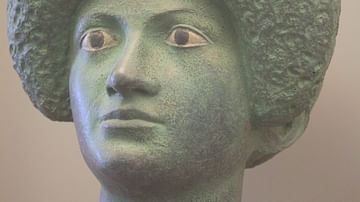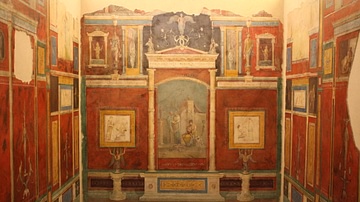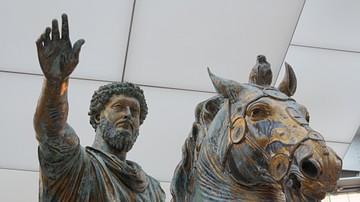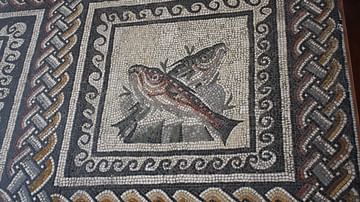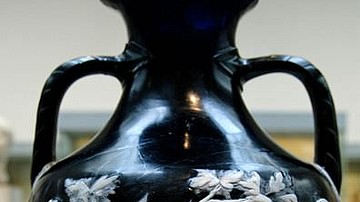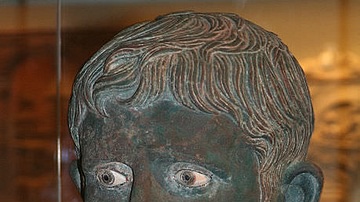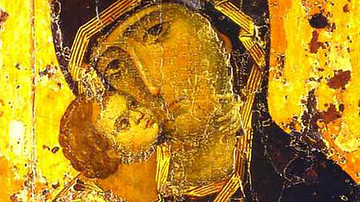Roman artists used every medium from amber to marble, frescoes to glassware, and produced works of art that still pull in the crowds wherever surviving examples are exhibited. The Romans copied, imitated, and innovated to produce art on a grand scale, sometimes compromising quality but on other occasions far exceeding the craftsmanship of their predecessors.
Roman art was not only used to produce beautiful things but also as imperial propaganda and to bang home the message that Rome was not only great but the best. One particular Roman innovation was accurate and sometimes unflattering portraiture as artists threw the idea of idealised art to the winds. Another preoccupation was to capture actual historical events in art and not just stories from myth and legend. Both these avenues of exploration would have a profound influence on all the art produced thereafter in the Western world.
The Romans, like no other culture before them, were champions of art as a popular, affordable, and accessible means of expressing and communicating the human spirit.
